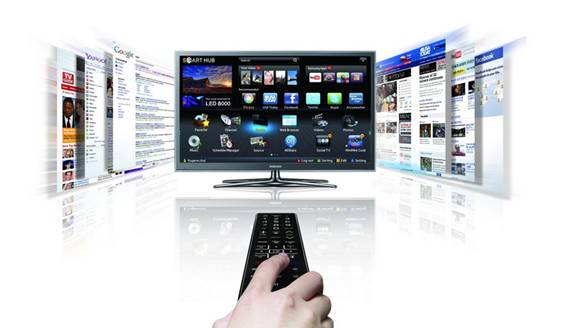Is a screenless TV a smart TV? This problem puzzles most users. Screenless TV is also a new term developed in the past two years. Presumably, many people think that screenless TV is intelligent? So is the screenless TV a smart TV?Let me answer these questions for you.

- Is a screenless TV a smart TV?
Screenless TV should use projection technology to put the picture on any white wall and other similar screen carriers, so as to get rid of the restrictions on the LCD screen like the traditional LCD TV. And the screen size can be adjusted freely, and the mobile is very portable. Only projectors with TV reception and Android intelligent solution can be called intelligent projection TV or screen less super TV. To put it bluntly, screenless TV is intelligent projection, but it is not intelligent TV.

- The difference between screenless TV and smart TV
Is there any difference except whether there is a screen or not? The size of smart TV is fixed and needs to be selected according to their own needs, while the screenless TV is very convenient to adjust the viewing size according to their own preferences. This is also the most intuitive.
First of all, for traditional TV, it saves more space in the use of home life. For many people, the size of home space is the main factor limiting them, and with such a space-saving TV, it has full natural advantages.
Secondly, its screen size is adjustable, which is better than the fixed size of screen TV. Because sometimes we need to adjust different sizes according to different environments, and the screenless TV can well adapt to different environments, which is relatively better.
Even if the screenless TV adopts the projection method, the quality of projection is no different from most LCD smart TVs. More importantly, the artificial intelligence of screenless TV is very attractive.
- Advantages and disadvantages of intelligent projection compared with large screen TV
First of all, screenless TV can help consumers get rid of the size limit of TV picture, ensure better picture effect in specific environment, improve picture size as much as possible, and bring cinema level super large screen enjoyment to consumers. Objectively speaking, at present, there is competition and complementarity between non screen TV and physical large screen TV. For the market and consumers, they can choose on demand.

Of course, screenless TV also has its disadvantages. At present, the biggest problem is the brightness problem. With the increase of the projection size, the average brightness of the projection picture of the screenless TV will inevitably decline, and it will appear blurred when watching during the day, which puts forward higher requirements for the environmental light of the film viewing. Consumers need to pull the curtains and create a darker environment as much as possible to obtain a better visual experience.
In this regard, physical large screen TV occupies a certain advantage because of its fixed size and brightness, and can be watched all day.




